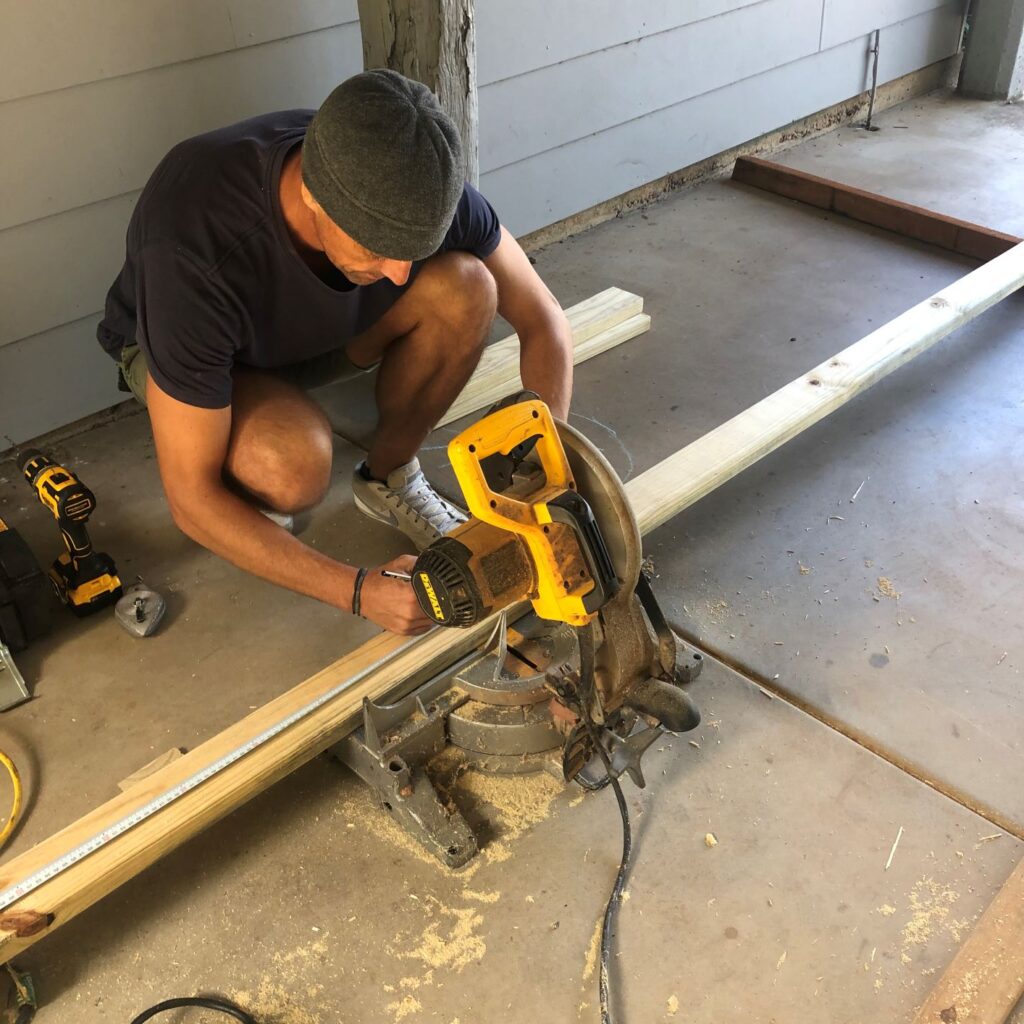Best ways to Learn Woodworking

There are different ways you can learn woodworking and depending on your learning style, will determine the best way for you to learn woodworking. Some people are visual learners (spatial), verbal (linguistic), aural (Auditory-Musical) learners, read/write learners and others are physical (kinesthetic) learners, where someone shows you and then you do what they have shown you.
So whatever your learning style is, here are The 6 Best Ways to Learn Woodworking and their Pros and Cons.
If you are in a hurry, here is a snapshot of the best ways to learn,
- Woodworking Books,
- Woodworking Blogs,
- Woodworking Videos,
- Woodworking Classes near me,
- Woodworking Classes online
- Learn from a friend or relative.
Woodworking Books
Pros :
- You will have them on hand in the woodworking workshop all the time. The books can be kept on the bookshelf you made from the woodworking plans provided in the books,
- You can read through a topic at your own pace, and re-read it to make sure that, what your reading sinks in,
- Books are generally written by experts. This is an advantage over blogs as the books are written by experts who have years of experience and can provide the knowledge through written text. Although I provide information and tips through a blog there is no way to really know that the information that is being provided is valid or true. Books on the other hand have reviews that can be read.
Cons :
- You don’t have access to them if you are away from your workshop,
- They do cost money, but I don’t really think this is a con as it is worth the investment for the knowledge,
- It will take extra time to read through and find the information you are looking for.
- Knowing the best woodworking book to get can be a challenge, but here I review the 7 Best Woodworking Books for Beginners to hopefully save you time.
The Complete Book of Woodworking: Step-by-Step Guide to Essential Woodworking Skills, Techniques and Tips.
Click here to get price on Booktopia
Woodworking Blogs
Pros :
- Blogs are regularly updated, they are kept up to date to keep the content current,
- They are readily and easily available, you can view them on your mobile, tablet or computer which can be available in your workshop,
- Lots of diverse information. With different woodworking blogs available there is a range of information that can be found and used,
- You can take control of your learning by accessing these blogs at your own pace,
- They are free.
Cons :
- As they are generally short there detail can be limited,
- It is not guaranteed that the person writing the blog is qualified.
Woodworking Videos
Pros :
- Show specific topics from start to finish with detailed description both visually and with sound,
- Can see what is being instructed in real time,
- Access anywhere. As with the blogs, woodworking videos can be accessed on your mobile phone, tablet or computer, and it’s free.
Cons :
- The videos can be of poor quality, with poor lighting, sound and shooting angles,
- Teaching of the topic can be quick when it moves through the instructions quickly, meaning you may have to what and pause the video a few times to catch all the information and finer details.
Woodworking Classes Near Me
Pros :
- Generally the instructor is an expert in the field,
- The instructor explains the topics that are being taught in a more personal setting,
- You can ask questions and get feedback, face to face.
Cons :
- Classes do cost money,
- Attending a woodworking class near you will mean you will have to travel to the course location. Depending if there are courses held in your local area you may need to travel some distance to attend an in class woodworking course,
- You will need to set time aside to do the class, this includes the travel to and from the venue,
- The instructor may be an expert in his field but may not be great at the teaching of it. It’s like not all sport people make great coaches, some just don’t have the ability to be able articulate what it is they want to teach or instruct. Others may not be able to relate to people on all levels.
Woodworking Classes Online
Pros :
- When learning from a woodworking class online, you can access the class at you own pace. Once you have your log-in details you are off and running,
- They generally have a teacher that you can contact if you have questions and some may even have an online community that you can join where you can ask questions and get answers from a group, like a Facebook group,
Cons :
- No one on one learning, face to face,
- An online class or course will cost money. Online platforms like Udemy and Skillshare provide woodworking related courses.
Udemy Woodworking Courses and Lessons
Below are just three examples of what Udemy has to offer.
- Woodworking: All about Wood
- Woodworking: Fundamentals of Furniture Making
- Woodworking: Hand-Held Router Techniques
SkillShare Woodworking Courses and Lessons
Below are just three examples of what SkillShare has to offer.
- Beginner Woodworking: Building a Simple Table
- Milling Lumber tips and tricks for the beginner
- Table saw safety tips and rules for beginners
Learn from a Friend or Relative
There is no better way to learn Woodworking than learning on the job. When I did my apprenticeship in Carpentry and Joinery I was fortunate enough to have completed the 3 years in a joiners shop. There was a lot of hands on learning.
I had an older trade teach me and a lot of the work was detailed joinery, with some out in the field manual type work, like carrying out maintenance to timber fencing.
Learning along side a great teacher, I got to learn early in my trade the techniques and fundamentals of Woodworking. Once I had the technique and fundamentals, I could then fine tune them and use then in many different situations.
Being around a friend or relative who has some level of woodworking skills and knowledge is a great way to learn. Even if they have only recently started Woodworking you can both learn together, share your experiences and have a wonderful time along the way.
It does no matter what level you are at, you never stop learning.
Conclusion
If your asking yourself if woodworking is hard to learn, it can be if you don’t put the time in to learn from people who are doing what you want to do. There are several platforms that provide great content for learning.
Whether you use one, three or all of the above ways to learn woodworking, you are sure to find some great learning material that will help you develop your skills in Woodworking.
Happy Woodworking
Regards
Ben
DISCLAIMER – “Some of the links on this web site are affiliate links. Keep in mind that we may receive compensation for recommendations made in reference to the products and/or services.
This compensation comes at NO extra cost to you and may be in the form of money, services and/or complimentary products and could exist without any action from a website visitor.”



